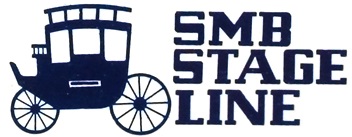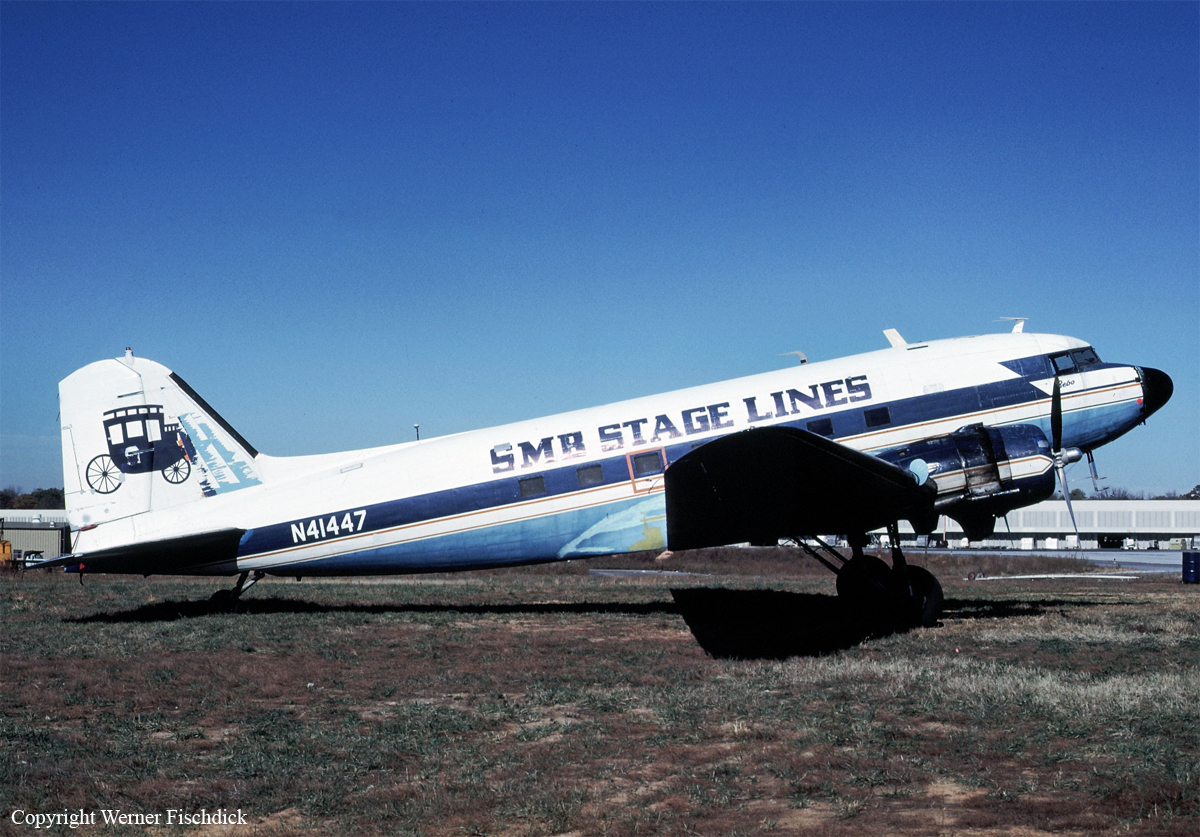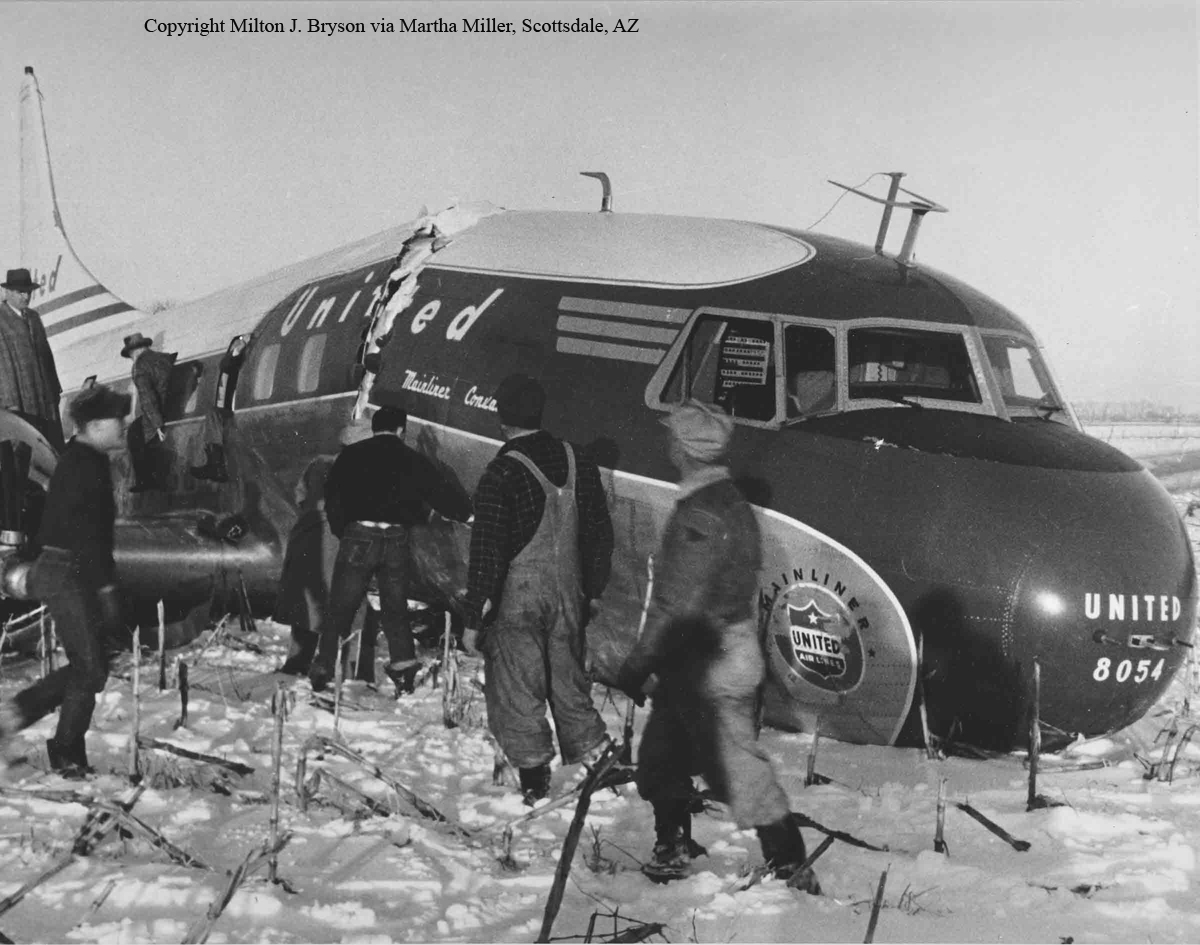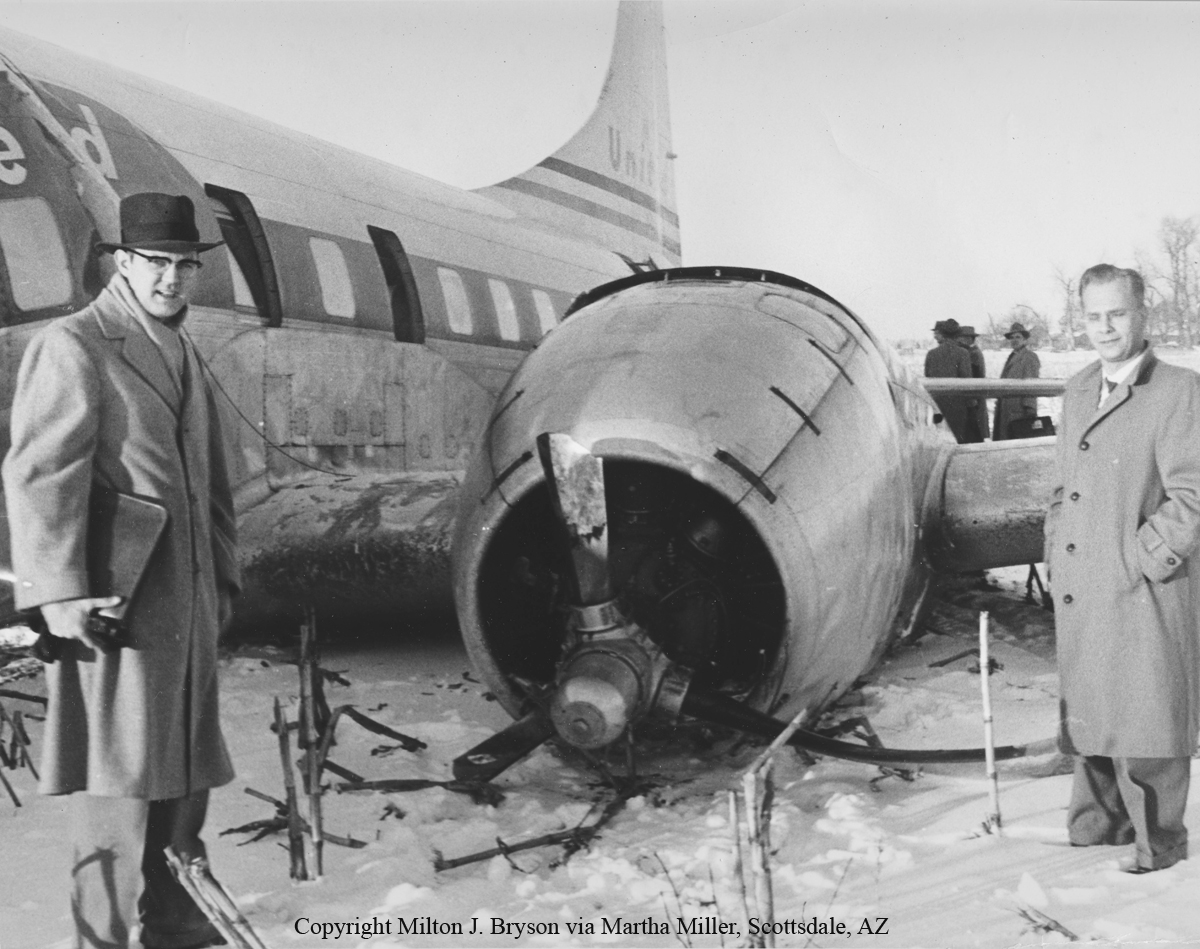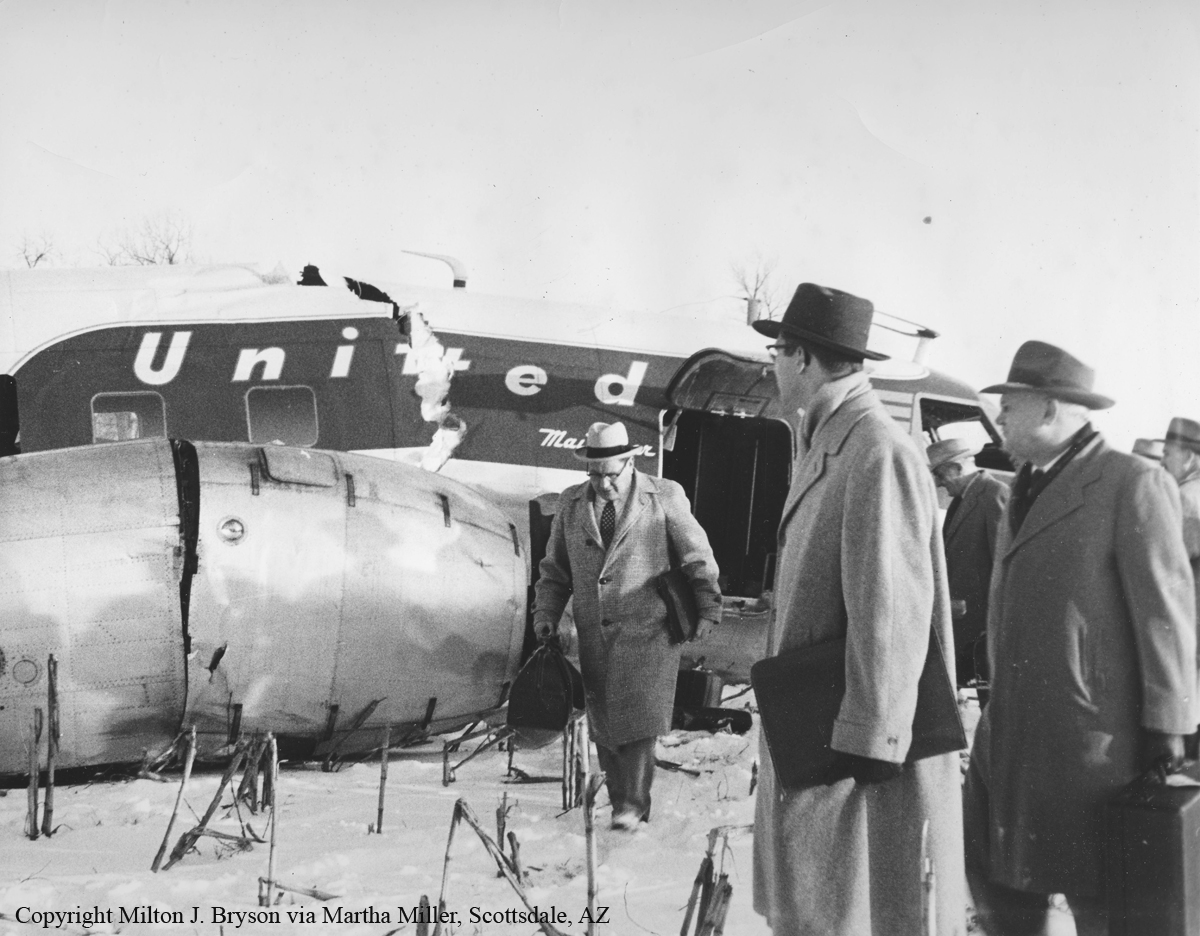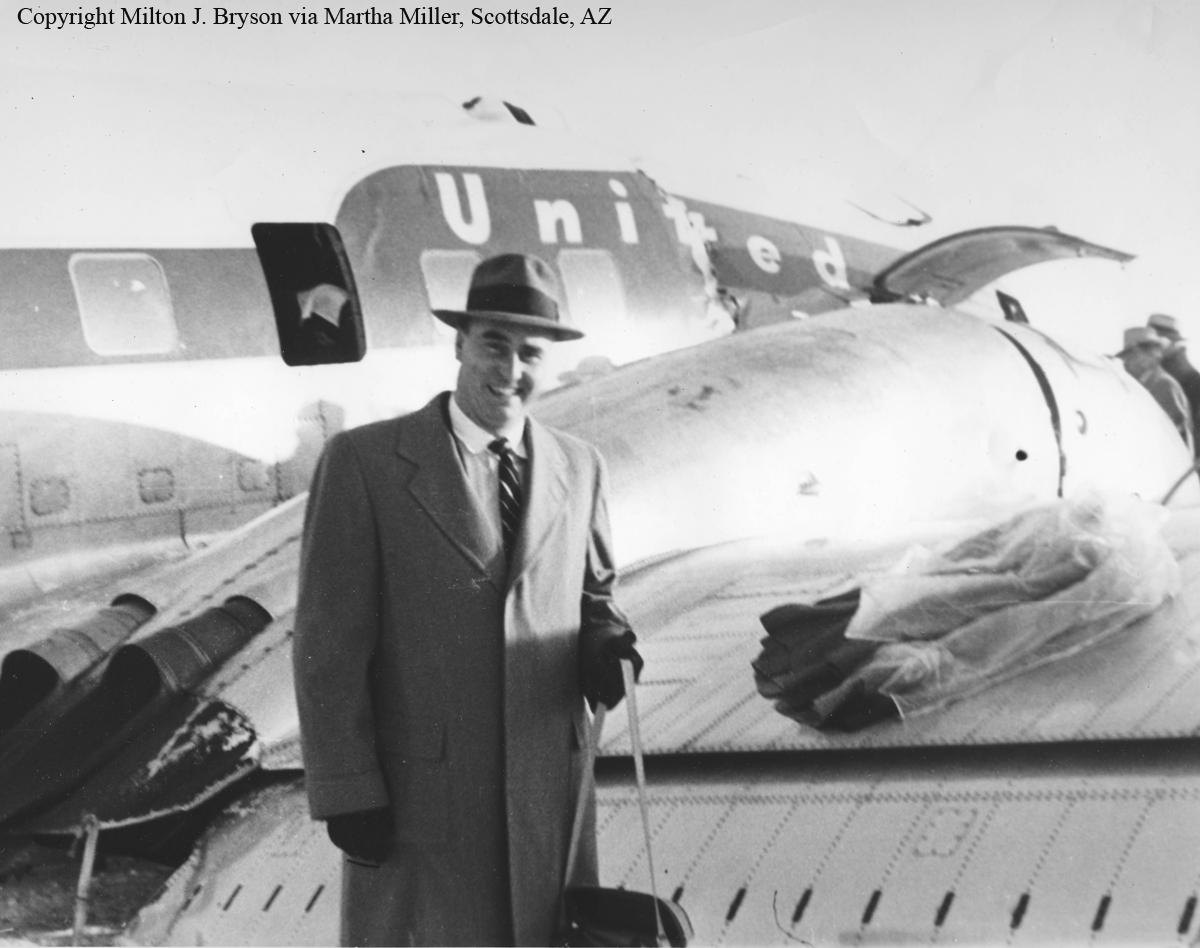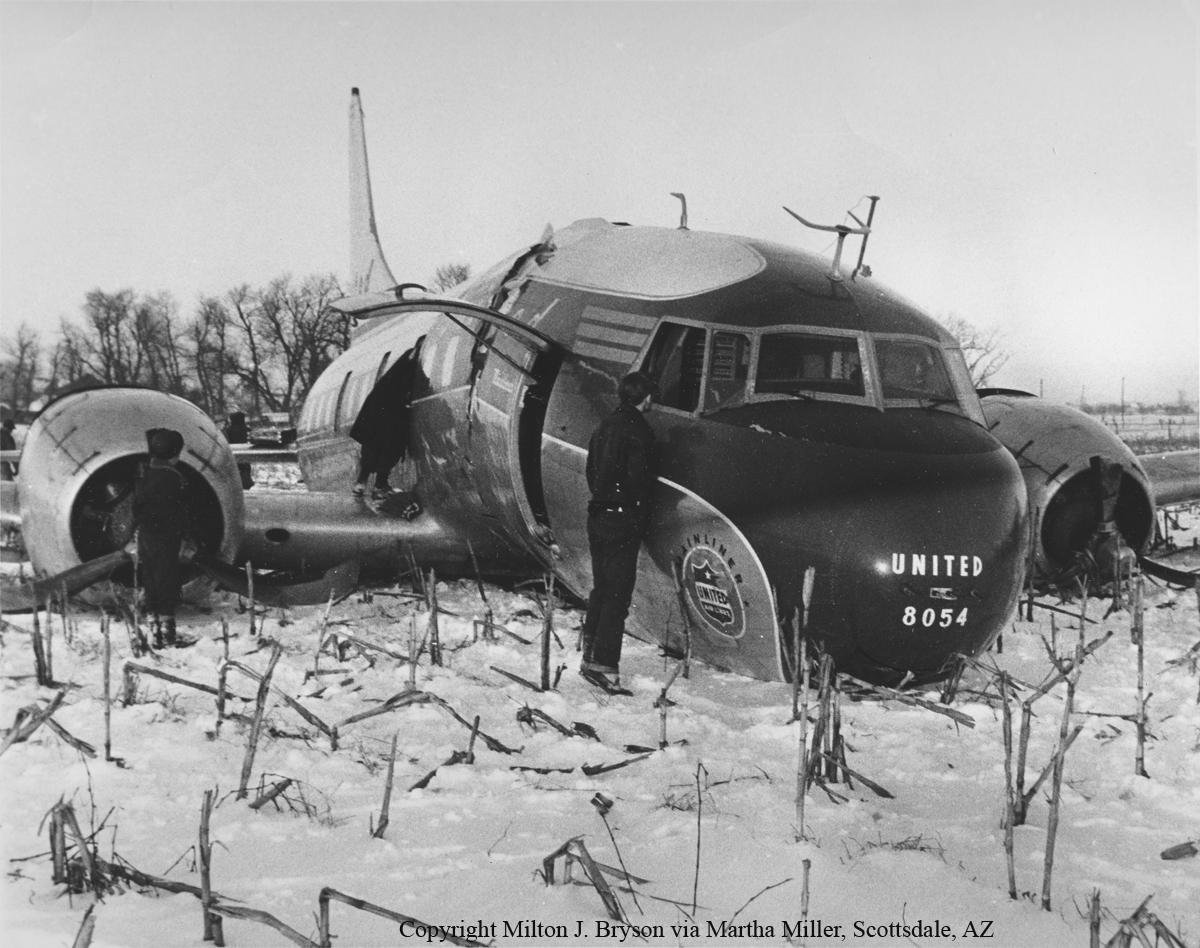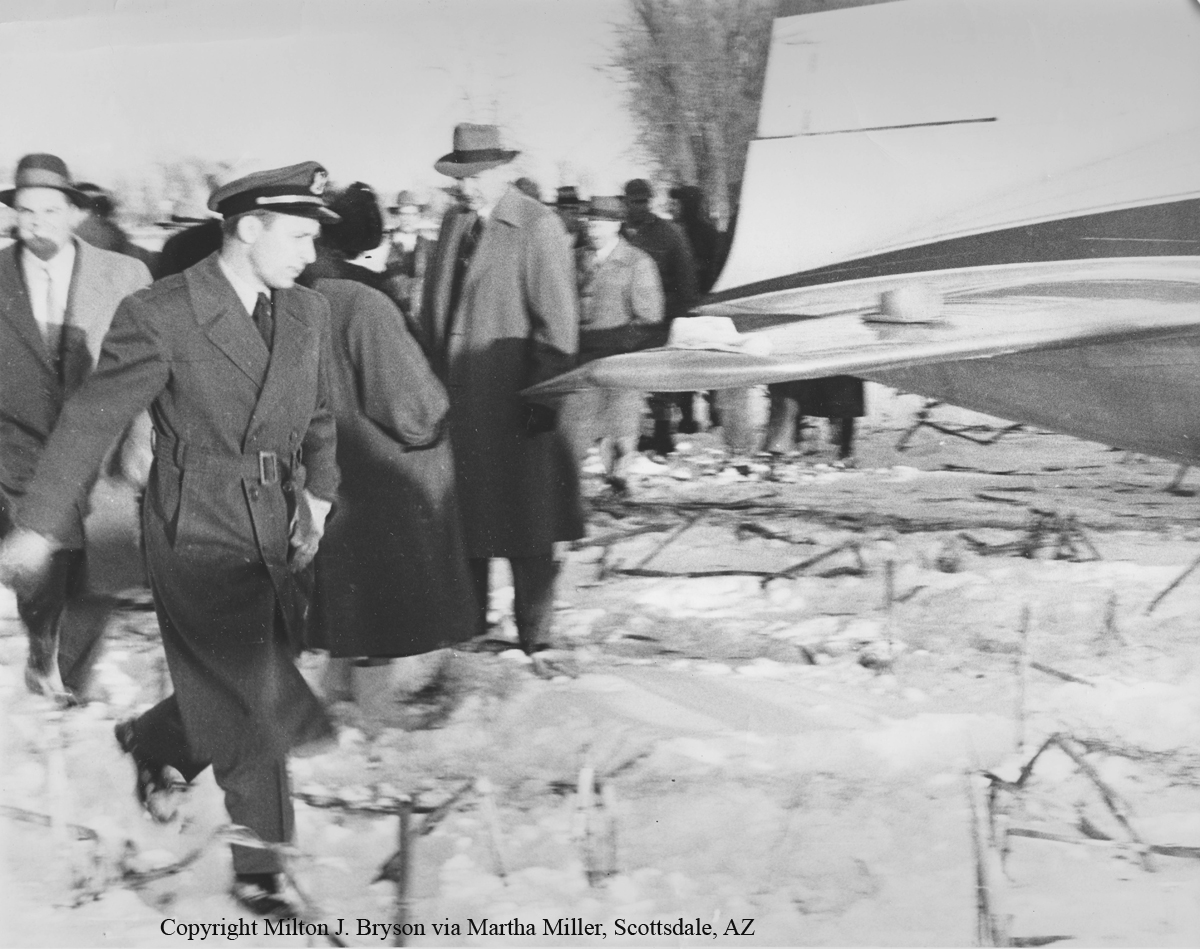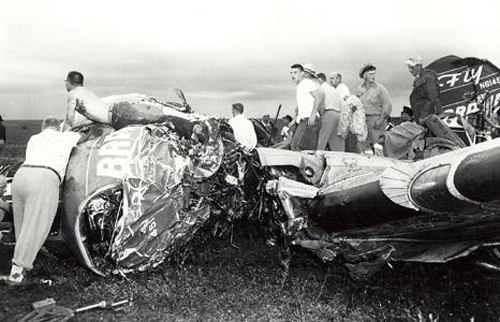Crash of a Rockwell Shrike Commander 500S in Des Moines: 7 killed
Date & Time:
Nov 25, 1985 at 1742 LT
Registration:
N81589
Survivors:
No
Schedule:
Milwaukee - Des Moines
MSN:
500-3297
YOM:
1976
Crew on board:
1
Crew fatalities:
Pax on board:
6
Pax fatalities:
Other fatalities:
Total fatalities:
7
Captain / Total hours on type:
1553.00
Aircraft flight hours:
3185
Circumstances:
N81589 was following a Boeing 727 on ILS approach in IFR conditions. Approximately 2.5 miles from runway, N81589 suddenly deviated left nearly 90°. 39 seconds later, pilot reported he encountered severe turbulences, then said he was trying to climb. N81589 subsequently flew thru tree tops on rising terrain for approximately 2 city blocks, then hit power lines and a pole and crashed against a tree. No evidence of turbulences due to weather at/near approach altitude. Investigation showed 4.7 miles separation between aircraft when the 727 passed the point of deviation (pod). At pod, the 727 was on the ILS glide slope at 850 feet; N81589's altitude was not determined. Wind was from 120° at 3 to 6 knots, shifting more southerly withalt. Prevailing visibility was 1/2 mile; RVR for runway 12L was 6,000 feet; light rime icing was reported. Witnesses heard power interruption of one engine at pod; but there was no indication of power loss where aircraft hit trees. Radar data showed aircraft slowed to 80 knots at pod, accelerated to 100 knots during deviation, slowed to 70 knots before impact; vmca was 74 knots. Safety board believes the pilot most likely lost control due to slow speed and light airframe icing; possibly encountered wake turbulences. No reason found for loss of engine power. All seven occupants were killed.
Probable cause:
Occurrence #1: loss of control - in flight
Phase of operation: approach - faf/outer marker to threshold (ifr)
Findings
1. (f) light condition - dark night
2. (f) weather condition - low ceiling
3. (f) weather condition - fog
4. (f) weather condition - rain
5. (f) weather condition - icing conditions
6. (c) wing - ice
----------
Occurrence #2: altitude deviation,uncontrolled
Phase of operation: approach - faf/outer marker to threshold (ifr)
Findings
7. (f) airspeed - reduced - pilot in command
8. (c) airspeed - inadequate - pilot in command
9. (c) aircraft handling - not maintained - pilot in command
10. Descent - uncontrolled
11. Directional control - not maintained
12. Remedial action - initiated
13. Level off - performed
----------
Occurrence #3: loss of engine power
Phase of operation: approach
Findings
14. (f) reason for occurrence undetermined
----------
Occurrence #4: in flight collision with object
Phase of operation: approach
Findings
15. (f) terrain condition - rising
16. Proper climb rate - not possible
17. Stall/mush
18. (f) object - tree(s)
19. (f) object - wire, transmission
20. (f) object - utility pole
----------
Occurrence #5: in flight collision with terrain/water
Phase of operation: descent - uncontrolled
Phase of operation: approach - faf/outer marker to threshold (ifr)
Findings
1. (f) light condition - dark night
2. (f) weather condition - low ceiling
3. (f) weather condition - fog
4. (f) weather condition - rain
5. (f) weather condition - icing conditions
6. (c) wing - ice
----------
Occurrence #2: altitude deviation,uncontrolled
Phase of operation: approach - faf/outer marker to threshold (ifr)
Findings
7. (f) airspeed - reduced - pilot in command
8. (c) airspeed - inadequate - pilot in command
9. (c) aircraft handling - not maintained - pilot in command
10. Descent - uncontrolled
11. Directional control - not maintained
12. Remedial action - initiated
13. Level off - performed
----------
Occurrence #3: loss of engine power
Phase of operation: approach
Findings
14. (f) reason for occurrence undetermined
----------
Occurrence #4: in flight collision with object
Phase of operation: approach
Findings
15. (f) terrain condition - rising
16. Proper climb rate - not possible
17. Stall/mush
18. (f) object - tree(s)
19. (f) object - wire, transmission
20. (f) object - utility pole
----------
Occurrence #5: in flight collision with terrain/water
Phase of operation: descent - uncontrolled
Final Report:




